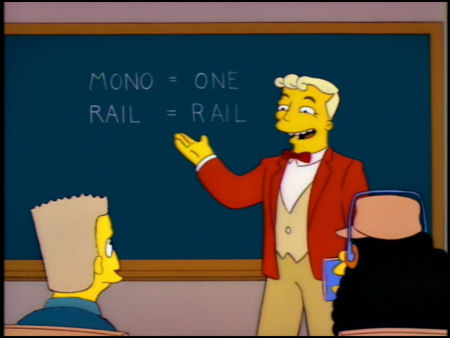Ansem
Banned
Is this still happening? I've heard that a conversion to LRT is now being carried forward.
If you take a look at the documents, they use the Mark II in the sketchs...
Wouldn't LRT would be more expensive?
On top of buying new trains, you have to convert the tracks and rebuild the station.
I bet 20$ on Mark II...which could lead to Eglinton using Mark II as well







